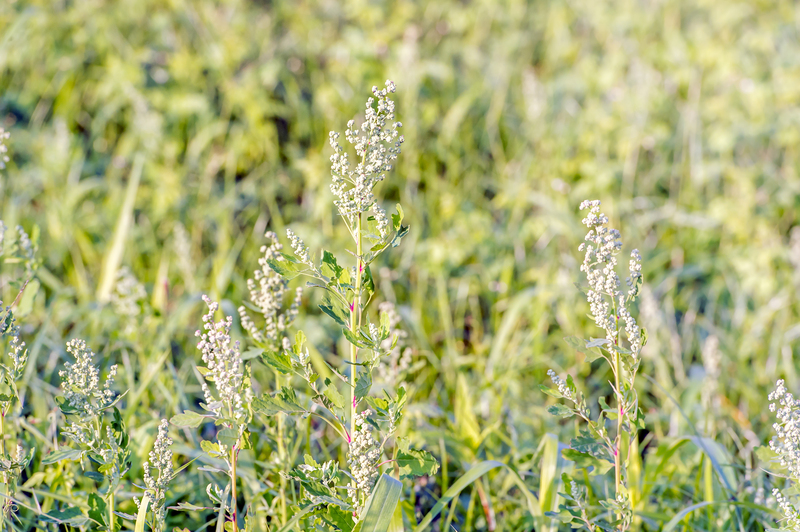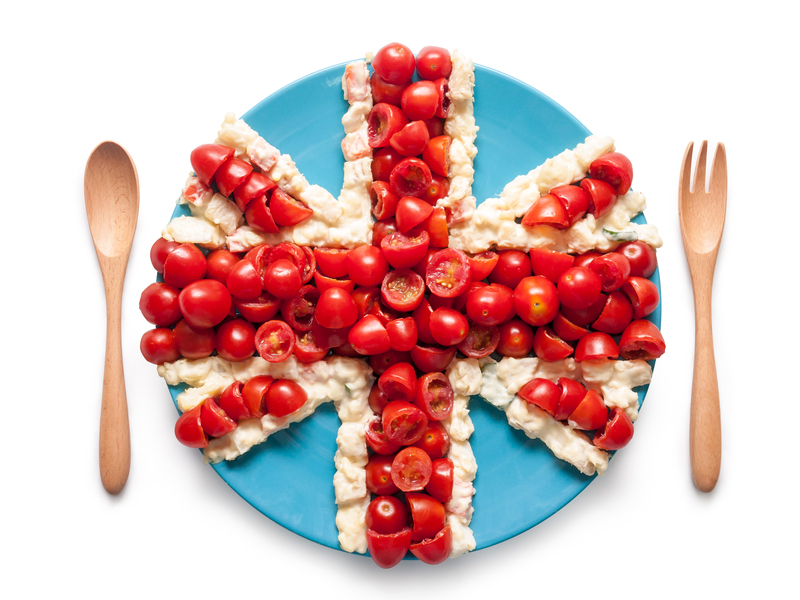Achieve Urban Gardening Success With These Moveable Garden Tips
Urban gardening is revolutionizing city life, making it possible for anyone to cultivate fresh vegetables, herbs, and flowers even in the smallest of spaces. Whether you're living in a studio apartment, a high-rise or a bustling townhouse, moveable gardens offer endless possibilities for greenery and growth. In this comprehensive guide, you will learn proven tips to achieve urban gardening success with a focus on portable, flexible setups that suit any urban environment.

Why Moveable Gardens Work Wonders in Cities
Urban environments often mean limited space, inconsistent sunlight, and the necessity to adapt to an ever-changing lifestyle. That's where moveable urban gardens shine:
- Flexibility: Move plants to optimal sun conditions or rearrange your space for social events or changing seasons.
- Accessibility: Portable gardens can be placed at convenient heights, reducing strain and making gardening more inclusive.
- Pest Management: Easily relocate pest-affected containers or isolate sick plants.
- Maximize Space: Utilize balconies, rooftops, windowsills, and patios with creative mobile setups.
- Climate Control: Move plants indoors or under shelter during storms, cold snaps, or extreme heat.
In short, moveable garden solutions embody the ultimate in urban gardening adaptability.
Get Started: Essential Moveable Gardening Supplies
Before you dive into planting, it's crucial to set up the right supplies for your mobile garden. Consider the following must-haves for your urban horticultural adventure:
- Lightweight Containers: Choose pots, bins, and buckets made of plastic, resin, or fabric for easy relocation.
- Plant Caddies and Dollies: Rolling trays or platforms assist in moving heavier pots or planters.
- Vertical Garden Stands: Great for maximizing small spaces; look for units with lockable wheels for mobility.
- Self-Watering Planters: Ensure your garden thrives even when you're away for a weekend.
- Trellises and Supports: Necessary for climbing plants or small fruit trees on the go.
Pro Tip:
Always opt for containers with drainage holes to prevent root rot and waterlogging.
Smart Location Selection: Sunlight and Microclimates
One major advantage of moveable urban garden setups is the ability to optimize growing conditions throughout the year. Here's how to make the most of your city's unique environment:
- Track Sunlight Patterns: Observe which areas of your patio, balcony, or roof receive morning, midday, and afternoon sun. Use a notebook or phone app to record these shifts throughout the seasons.
- Follow the Sun: As the sun shifts, so can your planters! Relocate shade-tolerant species to shadier spots and sun-loving varieties to where they'll thrive.
- Protect from Wind: Use moveable screens or group plants together to shield them from strong urban gusts and to hold warmth in cool weather.
- Utilize Microclimates: Areas near walls, under eaves, or beside heat-reflecting surfaces can create mini eco-zones. Moveable gardens let you experiment with these spots for improved growth.
Choosing the Best Plants for a Moveable Garden
Not all plants are created equal--especially in the confined, ever-shifting world of city life. To achieve urban gardening success with moveable containers, prioritize varieties that are well-suited to containers and tolerate being moved. Here's a list of ideal candidates:
- Leafy Greens: Lettuce, spinach, arugula, Swiss chard--fast-growing and manageable in pots.
- Herbs: Basil, parsley, cilantro, thyme, mint (be aware mint can be invasive, containerizing is ideal).
- Root Vegetables: Radishes, carrots, beets--choose dwarf or baby varieties for best results in shallow pots.
- Compact Tomatoes: Cherry or dwarf varieties are highly productive and adapt well to container life.
- Peppers: Both hot and sweet peppers thrive in confined but rich soil environments.
- Edible Flowers: Nasturtiums, calendula, and pansies add color and flavor.
- Small Fruits: Strawberries and dwarf blueberries do well in moveable containers.
Pro Tip:
Try using "cut-and-come-again" varieties for continual harvests throughout the season!
Soil and Nutrition: The Foundation of Success
Portable gardens require top-notch soil management, as confined containers can dry out quickly and nutrients get depleted faster than in ground beds. For a thriving moveable urban garden follow these guidelines:
- Use High Quality Potting Mix: Invest in commercial potting soil mixes that offer good drainage, aeration, and slow-release nutrients.
- Mix in Organic Matter: A couple of handfuls of compost or worm castings boost plant immunity and long-term health.
- Regular Feeding Schedule: Use water-soluble or liquid organic fertilizers every 2-4 weeks, especially for hungry crops like tomatoes and peppers.
- Topdressing: Refresh the top inch of soil monthly with compost to maintain fertility and retain moisture.
Moveable Watering Strategies
City microclimates often mean increased wind and heat, which quickly evaporate moisture from containers. Keep your urban containers hydrated and healthy:
- Self-Watering Containers: Install reservoir-based planters to reduce daily maintenance.
- Mulching: Add 1-2 inches of straw, coco coir, or shredded leaves on the soil surface to keep roots cool and moist.
- Drip Irrigation: Compact, modular drip tubing can be attached to a hose for hands-off watering.
- Consistent Checks: Stick a finger into the top inch of soil--if it feels dry, it's time to water.
Creative Moveable Garden Ideas for Every Urban Space
Balcony Oasis
- Hanging Baskets: Fill with strawberries, herbs, or trailing flowers for instant vertical interest.
- Stackable Planters: Utilize shelving or tiered stands to pack in more plants without hogging floor space.
Rooftop Retreat
- Wheeled Raised Beds: Larger soil volumes mean deeper root growth and improved drought resistance--add swivel wheels for mobility.
- Wind-Breaking Green Screens: Tall, densely planted containers create privacy and reduce wind stress.
Windowsill Wonders
- Small Window Boxes: Grow fresh herbs and greens within arm's reach of your kitchen.
- Portable Grow Lights: Supplemental lighting lets you position plants anywhere, anytime.
Movable Vertical Gardens
- Pocket Planters: Fabric or felt hanging organizers convert fences or railing into lush herb walls.
- Pallet Gardens: Repurposed wood pallets on casters can be loaded with potting soil and compact crops.
Year-Round Urban Gardening With Moveable Solutions
One of the biggest challenges in city gardening is unpredictable weather. The secret to year-round success with moveable urban gardens is adaptability:
- Indoor Overwintering: Bring sensitive species inside before the first frost--windowsills and under grow lights are perfect winter refuges.
- Seasonal Rotation: When one crop ends, clean out the pot, refresh the soil, and plant a new variety--instant four-season gardening!
- Pop-Up Greenhouses: Temporary structures or row covers protect moveable containers from late frosts or heavy rain.
Sustainable Practices for Urban Movers
Urban life is all about efficiency and sustainability. Incorporate these eco-friendly practices to ensure both your garden and the planet thrive:
- Reuse and Upcycle: Convert old buckets, crates, or even shopping carts into moveable planters--just be sure they're food safe.
- Harvest Rainwater: Collect rooftop runoff in barrels and use it to water your portable plants.
- Compost Kitchen Waste: Even in apartments, compact worm bins or bokashi setups create valuable fertilizer for your moveable garden.
The Urban Gardener's Troubleshooting Guide
Even in the most carefully tended container gardens, challenges will arise. Here's how to address the most common mobile garden issues:
- Wilting Plants? Check for under or overwatering, ensure proper drainage, and consider transplanting into a larger container.
- Pale or Yellow Leaves? Usually a sign of nutrient deficiency--feed with diluted liquid fertilizer and top dress with compost.
- Pest Infestations? Isolate affected plants quickly, treat with homemade insecticidal soap, and maintain healthy garden hygiene.
- Slow Growth? Assess sunlight, adjust location for more direct light, and make sure roots have adequate space.

Harvest and Enjoy: The Joy of Moveable Gardening
City gardening doesn't just stop at planting--you'll enjoy ongoing harvests throughout the season! With moveable garden solutions, you can pick fresh salads for lunch, snip aromatic herbs from your window, or enjoy the sight of vivid blooms amid the gray cityscape.
- Succession Sowing: For non-stop harvests, plant new seeds in available space every few weeks.
- Mix Edibles and Ornamentals: Enjoy both visual appeal and taste from your mobile urban oasis.
- Share Your Produce: Gift surplus greens or herbs to neighbors--urban gardens build community!
Final Thoughts: Achieve Urban Gardening Success With Moveable Solutions
A thriving city garden is within reach no matter the size or dynamism of your living space. With these proven moveable gardening tips, you'll optimize every inch, adapt to urban challenges, and discover a world of lush, fruitful possibilities right at your fingertips. Achieve urban gardening success this year--your city, your rules, your green retreat!
Frequently Asked Questions About Moveable City Gardens
- How often should I relocate my portable containers? As needed--follow the sun, adjust for seasonal changes, or rotate crops.
- What is the best soil mix for an urban movable garden? A high-quality organic potting mix mixed with compost is ideal for most edible containers.
- Can I grow root vegetables in moveable containers? Absolutely! Opt for baby or dwarf varieties and ensure your container is deep enough (8-12 inches recommended).
- How can I avoid pests in a city garden? Encourage beneficial insects like ladybugs, use physical barriers, keep containers clean, and respond quickly to trouble.
- Is it possible to garden indoors? Yes--windowsills, under grow lights, or balcony-door spaces can all host thriving moveable urban gardens year-round.